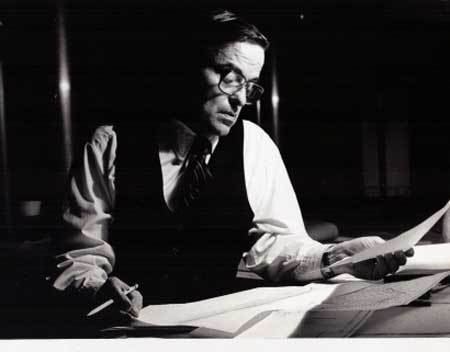Name David Geiger | ||
 | ||
Died October 3, 1989, Seoul, South Korea | ||
David H. Geiger (1935 – October 3, 1989) was an engineer who invented the air-supported fabric roof system that was used at about half the domed stadiums in the U.S. when he died.
Geiger was born in Philadelphia, Pennsylvania, received a bachelors from Drexel University, masters from the University of Wisconsin–Madison and PhD in engineering from Columbia University.
While an adjunct professor at Columbia University, Geiger designed the enclosure for the United States pavilion at Expo 70 in Osaka, Japan. He had been tapped after the architecture firm Davis Brody won the design contest for the building. Davis Brody's winning design was a 30-story high air filled "pumpkin" atop the pavilion and they needed an engineer with the expertise to implement it. Geiger was designing for Japan's earthquakes and typhoons when Congress approved only half of the expected budget. To accommodate the new budget, he drastically cut the proposed height and used a low profile cable-restrained air-supported roof, employing a super-elliptical perimeter compression ring and diagonally-run pattern of cables which prevented fabric sag around the perimeter. Geiger's fabric air-supported roof invention was significantly cheaper than the largest fixed dome structure of the day: the Astrodome.
He then joined with engineer Horst Berger to form Geiger Berger Associates and they went on to produce designs for a series of low cost air-supported structures including the first tensegrity type dome for the Olympic Gymnastics Venue, Seoul, Korea (which had been inspired by the work of R. Buckminster Fuller), first translucent insulated fabric roof at Lindsay Park Sports Centre, Calgary, Alberta, Canada, first “permanent” low profile air-supported fabric roof to cover a stadium at the Silverdome in Pontiac, Michigan.
The partnership with Berger dissolved in 1983 and Geiger formed Geiger Associates, which was acquired by KKBN in 1986. In 1988, Geiger in partnership with former colleagues from Geiger Associates went on to found Geiger Engineers.
Geiger died in 1989 while traveling in Seoul where he had designed three venues for the 1988 Olympics.
